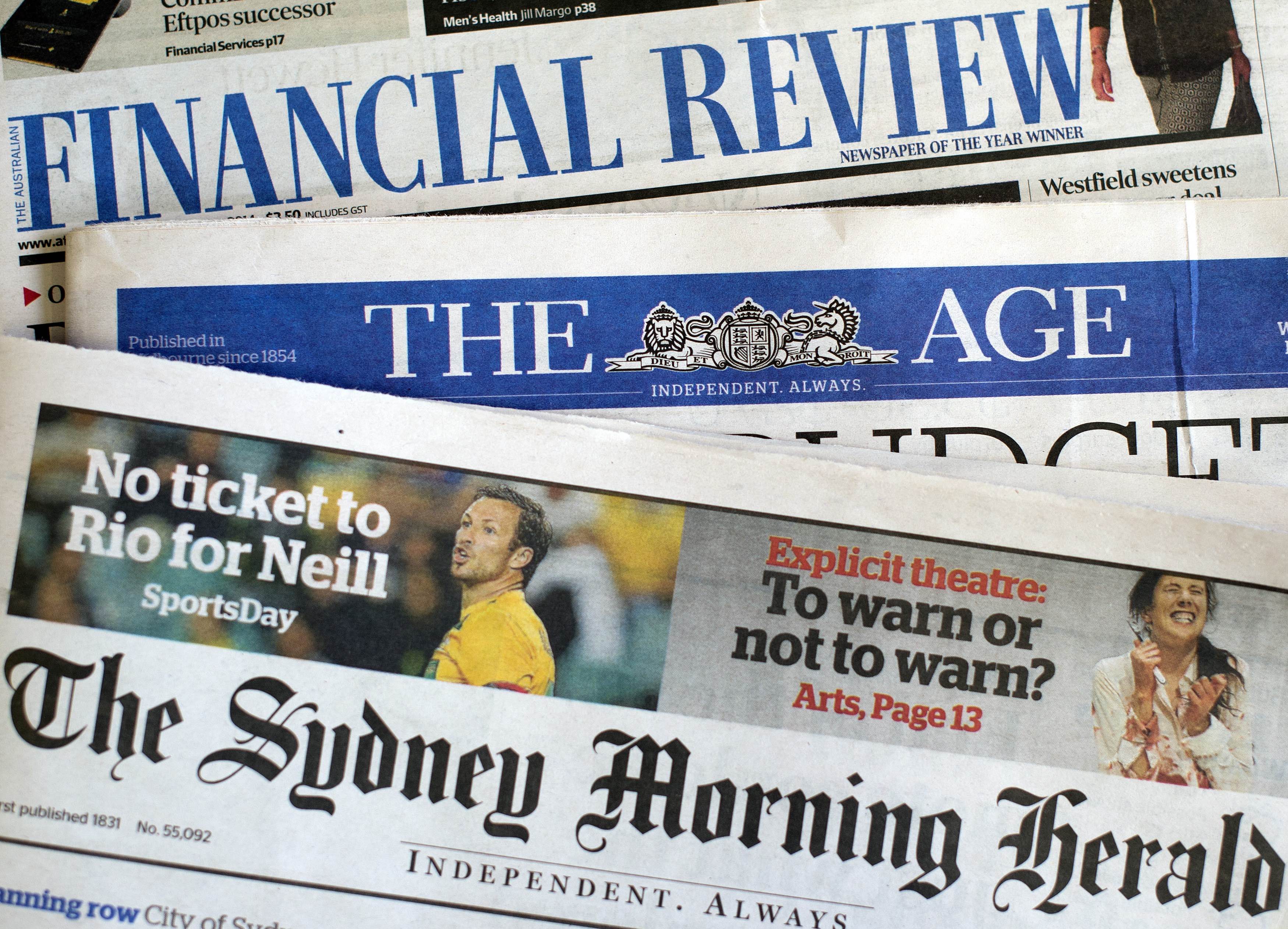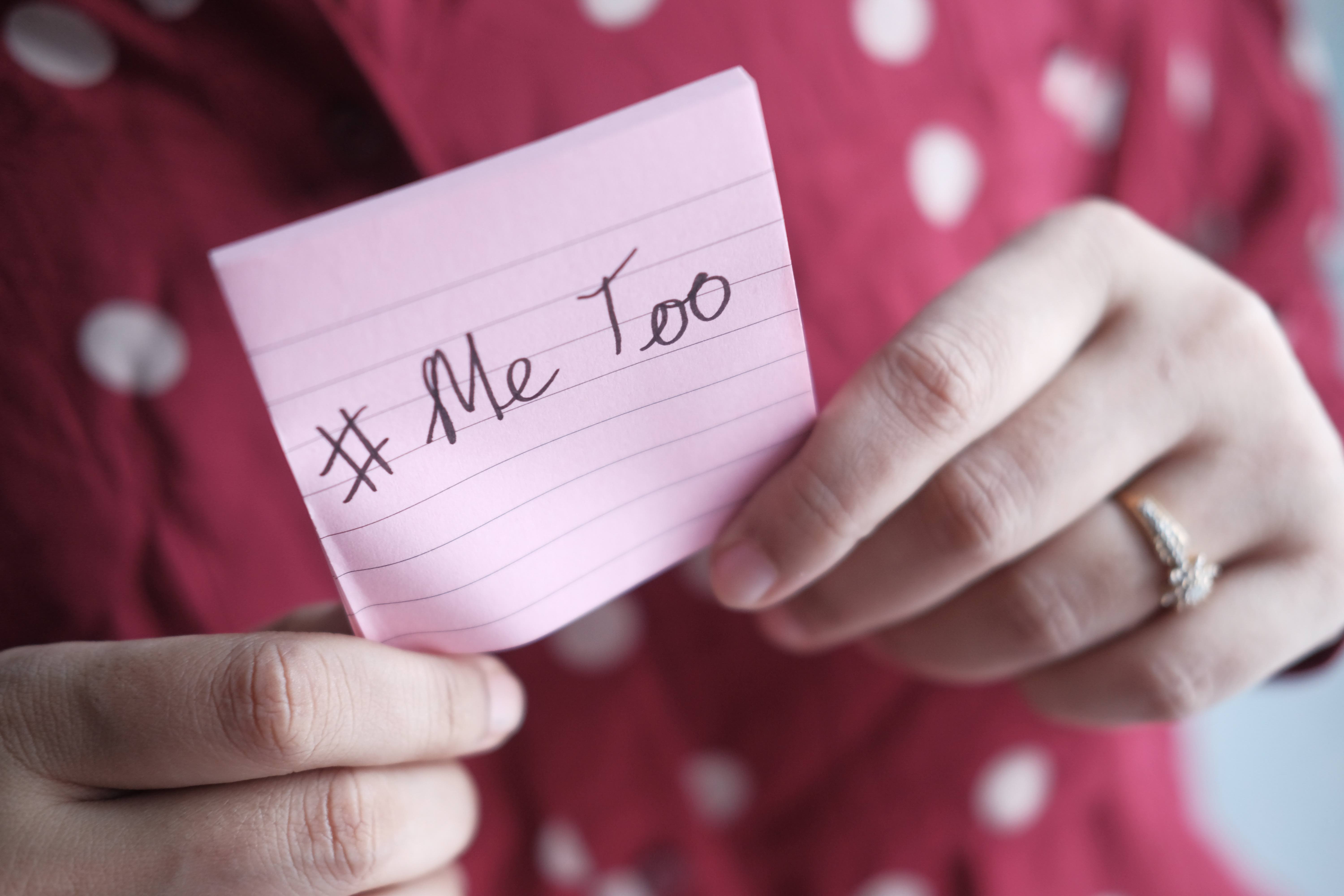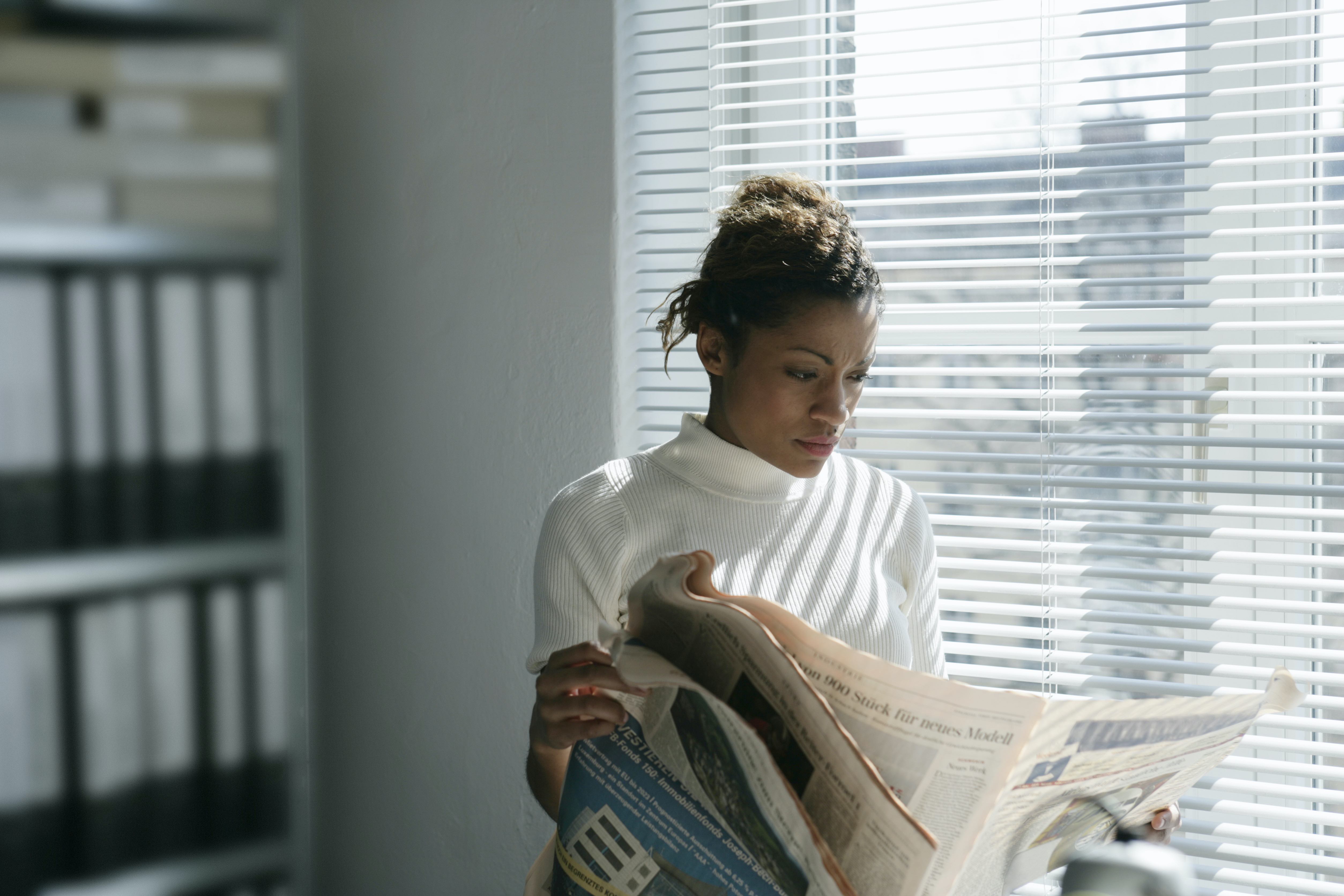
Business & Economics
The toxic spread of COVID-19 racism

What Australian print media narratives do, don’t and should tell us about gender diversity in our workplaces
Published 29 September 2020
The current pandemic has drawn attention to the still strongly gender-segregated patterns of work in Australia and globally.
This ranges from the higher job losses among women – who are more likely to be in precarious, face-to-face service work – to male-dominated political leadership that boosts the economy via male-dominated industries like construction, rather than female-dominated health, social assistance or education sectors.

Unfortunately, this is unsurprising to those with a professional interest in the gendered patterns of work, and its detrimental effects.
Academics, policymakers and activists have put forward a rich range of arguments for more gender balance in the workplace.
In line with the pandemic fallout examples mentioned above, gender segregation across industries (so-called horizontal segregation) is a major contributor to the gender gap in financial security. And male-dominated leadership (so-called vertical segregation) is more likely to overlook women and their interests in its decision-making.

Business & Economics
The toxic spread of COVID-19 racism
But how comprehensively do Australian newspapers cover the topic of workplace gender diversity?
This is an important question, because newspapers, like all mass media outlets, are powerful stakeholders that can shape the way our community responds to social issues.
Many Australians’ views, and their desire for change or stasis in their own workplaces, can be impacted by the way mass media outlets frame social issues, what information is emphasised – or left out entirely. Whose stories are told and whose are ignored.
Our current research, published in our new report The ‘good, bad and merit’ arguments in Australian news coverage of workplace gender diversity, explores the workplace gender diversity narratives presented in the highest-circulation newspapers in each state and territory capital city and nationally (a total of twelve newspapers), between July 2014 and June 2019.

We began with an unsupervised machine learning technique called topic modelling. As the name suggests, topic modelling statistically analyses the words in texts to identify topics and classifies each text according to its most prominent topic.
We applied this technique to more than 250,000 articles, pre-selected for terms relating to gender and work.
This approach revealed that the most common topics relevant to workplace gender diversity focused on the experiences of relatively famous and powerful women – like politicians, actors and influencers.

Business & Economics
Workplace bullying in the #MeToo era
Other topics included sexism in the media industry and high-profile sexual harassment cases.
Unsurprisingly, 2017 saw an increase in discussions of high-profile cases of sexual harassment, as the #MeToo movement gained more traction.
Understanding of gender diversity management policies and practices, as well as statistical and survey evidence regarding the extent of gaps in female representation or experiences of discrimination, is required to effectively respond to the needs of women in the workplace.
For example, reducing the incidence of the sexual harassment that has been the focus of the #MeToo movement requires effective policies.

However, public discussion of these policies and practices as well as their effects, based on evidence, was much less common.
We then focused on the most relevant news articles across the five-year period – a total of 720 articles – with a qualitative content analysis.

Business & Economics
Teaching the next generation of #MeToo
Our coders found that, overall, articles were more likely to present arguments in favour of workplace gender diversity initiatives than against.
Articles also tended to be as likely to pay attention to justice-based reasons for efforts towards more workplace gender diversity (for example, that they will reduce discrimination towards women) as they were to focus on ‘business case’ reasons (for instance, that they will enhance a company’s performance).
But overall, the articles – particularly the justice-focused ones – offered a rather impoverished set of arguments in favour of workplace gender diversity initiatives.
Many important reasons, like the need for greater equality in power and leadership, were barely represented. Instead, proffered reasons often took the form of generic statements that many sceptics would likely find unpersuasive.

Our report concludes that there are several opportunities for Australian journalism in discussing gender diversity at work.
It’s of course important to continue to present the public with examples of high-profile women leaders and make both their achievements as well as their tribulations visible.

Politics & Society
Closing the gender gap in politics
But at the same time, it’s also important to report on the workplace experiences of regular men and women, across all sorts of jobs and industries.
The community and newspapers would benefit from a shift in the focus towards more reports on the experiences of marginalised women – for instance, women living below the poverty line, Aboriginal and Torres Strait Islander women, migrant women, queer women and women living with a disability.
Greater representation of these women as writers and editors would likely go some way to helping shift the current focus.
Media coverage would benefit from paying greater attention to findings from scientific research on workplace gender diversity.
Reporting like this would help the public better understand the magnitude of workplace gender inequities, along with the type and impact of workplace gender diversity practices that are being implemented, as well as their intended and unintended consequences.

Finally, it is possible to analyse and present a wider range of arguments in relation to workplace gender diversity – including, of course, addressing concerns that many still hold about these changes.
Research points to several important reasons to increase workplace gender diversity that are rarely discussed in print media including the positive effects on organisational governance, reducing male-centrism in products and services delivered to the community, as well as the economic and social benefits for men.
A critical step in improving the gender diversity of our workplaces is greater awareness of the value, benefits and opportunities that it can provide. Print media have an important role to play in disseminating that knowledge.
Banner: Getty Images